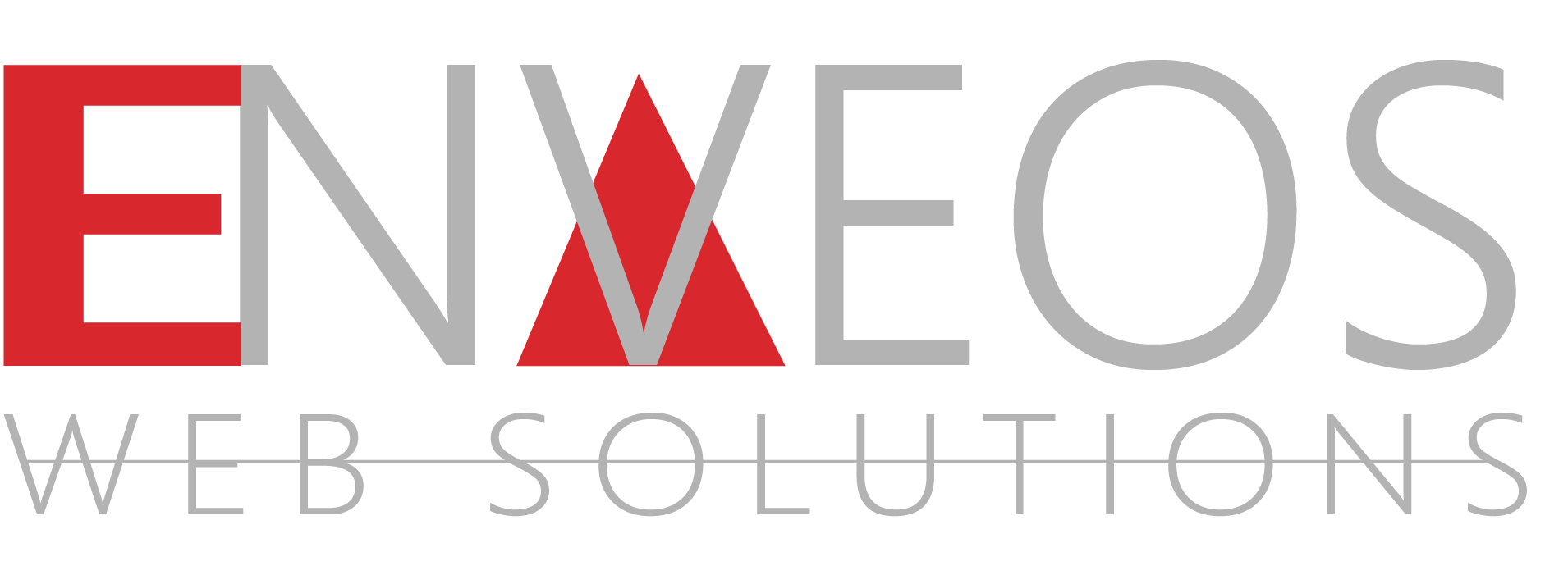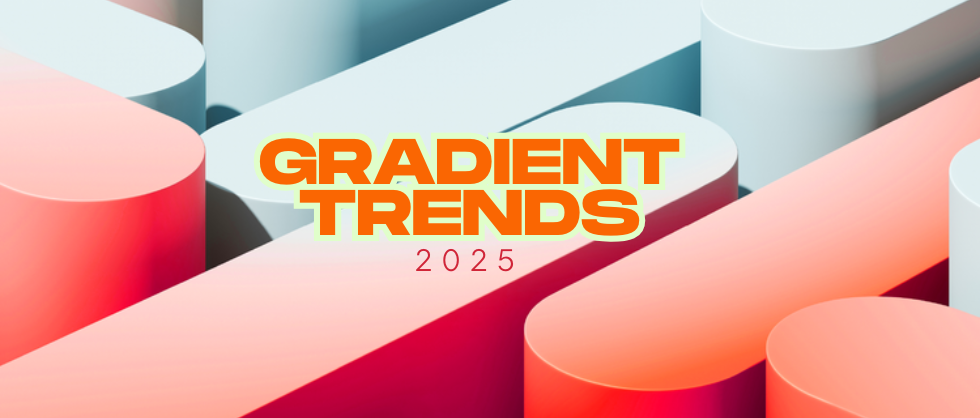The world of design is constantly evolving, and one of the most dynamic trends in the digital space is the use of color gradients. These gradients, which are blends of two or more colors, have long been a staple in web and graphic design, offering depth, movement, and vibrancy. But as we look ahead to 2025, new gradient trends are emerging, bringing bold and innovative color combinations to the forefront. If you’re a designer, whether working in UX/UI, web design, or graphic arts, understanding these new trends will help you stay ahead of the curve. Here’s a look at the top creative color gradient trends for 2025 and how they’re redefining the design landscape.
1. Vibrant Neo-Pastels: The Return of Soft Boldness
Pastels have always been associated with subtlety, but in 2025, expect a twist on these classic hues. Neo-pastels are soft but vibrant shades of color that mix the calmness of traditional pastels with unexpected intensity. These colors, like muted teal gradients transitioning into soft coral or lavender into lime green, create a refreshing balance between calm and energetic.
These new pastel gradients are perfect for brands that want to convey both creativity and professionalism. The combination of soft tones with subtle pops of brightness makes them ideal for websites, apps, and branding materials aiming to capture a youthful yet sophisticated audience.
2. Futuristic Neon Gradients: Bold and High-Energy
Neon gradients are not new, but their role in design will only continue to expand in 2025. With the growing influence of augmented reality (AR), virtual reality (VR), and interactive experiences, neon gradients are becoming a dominant feature of futuristic design. These gradients typically feature electric blues, bright pinks, glowing purples, and fluorescent greens. They evoke the feeling of energy, excitement, and technological advancement.
Expect to see neon color gradients being used in a wide variety of industries—especially in tech, gaming, and entertainment. The “glow” effect that neon gradients offer adds an electrifying touch, perfect for futuristic user interfaces (UI), video game design, and immersive digital experiences.
3. Metallic and Chrome Gradients: Luxe and Modern
As we move into 2025, metallic and chrome gradients are set to make a big statement. These gradients combine shiny metallic tones such as gold, silver, copper, and platinum with soft transitions of color, creating a sophisticated yet modern feel. Chrome gradients, in particular, have the ability to make designs look sleek, polished, and ultra-modern.
Expect metallic gradients to dominate the luxury and high-end industries. For brands in fashion, tech, and automotive sectors, using metallic gradients can communicate innovation, premium quality, and style. Additionally, chrome gradients work beautifully in interactive elements like buttons, hover effects, and branding visuals.
4. Gradient Duotones: Minimalism Meets Modernity
Duotones are all about pairing two contrasting or complementary colors in a gradient to create visually striking, simplified visuals. Popularized by Spotify and other digital platforms, duotone gradients will continue to be a strong trend in 2025. These gradients often combine bright, high-contrast hues such as purple and yellow, or blue and orange, creating bold and visually dynamic designs.
Duotones are especially effective for brand identities, album artwork, or website landing pages where attention needs to be drawn immediately. They convey clarity and boldness while maintaining a clean and minimalist aesthetic.
5. Earthy and Organic Gradients: Nature-Inspired Palettes
With the growing emphasis on sustainability and natural aesthetics, earthy color gradients are becoming increasingly popular. In 2025, you’ll see more gradients inspired by nature, such as lush greens fading into warm browns or sandy beige transitioning into deep oceanic blues. These gradients evoke calmness, stability, and a strong connection to the environment.
Natural gradients are perfect for eco-friendly brands, outdoor companies, and wellness products. These gradients can be used to create designs that feel grounded, approachable, and eco-conscious, aligning with consumer trends that favor sustainability and nature-inspired designs.
6. Augmented Reality (AR) and 3D Gradients: Interactive and Immersive
As AR and 3D technologies continue to advance, so do the possibilities for using color gradients in digital experiences. In 2025, expect to see more immersive gradient designs that work seamlessly with 3D graphics, interactive elements, and augmented reality features. These gradients often combine depth, light, and shadow effects to create the illusion of movement and dimensionality.
Brands and designers creating immersive digital experiences, particularly for gaming, education, and e-commerce, can use 3D gradients to enhance user engagement. Whether through buttons, backgrounds, or product displays, these gradients can provide a more dynamic and futuristic feel to web and app designs.
7. Sunset and Sunrise Gradients: Soft Yet Striking
Another trend for 2025 that brings warmth and beauty is the use of sunset and sunrise-inspired gradients. These gradients are typically characterized by warm hues such as pinks, purples, oranges, and yellows, transitioning smoothly into one another. The colors mimic the shifting skies at dawn or dusk, evoking feelings of calm and serenity.
These gradient palettes are perfect for websites, apps, and marketing materials that want to evoke a sense of peace, relaxation, and optimism. Industries like travel, wellness, and lifestyle are increasingly incorporating these color schemes to create welcoming, visually appealing designs that resonate with audiences.
8. Gradient Overlays: Subtle Yet Effective
Gradient overlays are an effective design technique that layers a translucent gradient over an image or background to create a sophisticated effect. These gradients are often subtle, offering a slight color tint that enhances the visual without overpowering it. In 2025, expect gradient overlays to become a go-to choice for designers looking to add texture and depth to their designs.
This technique is often used in UI/UX design, where overlays can improve legibility by creating contrast between text and images or buttons. It also allows for seamless blending of imagery with the overall design palette.
As we move further into 2025, color gradients will continue to be one of the most exciting and versatile tools for designers. From neon glows to earthy tones, gradients offer endless possibilities to create stunning, dynamic visuals. Whether you’re designing for tech, fashion, or nature-inspired brands, the creative color gradient trends outlined here will help you stay on top of the latest developments in the design world. Embrace these bold, innovative color palettes and elevate your designs for the future.




